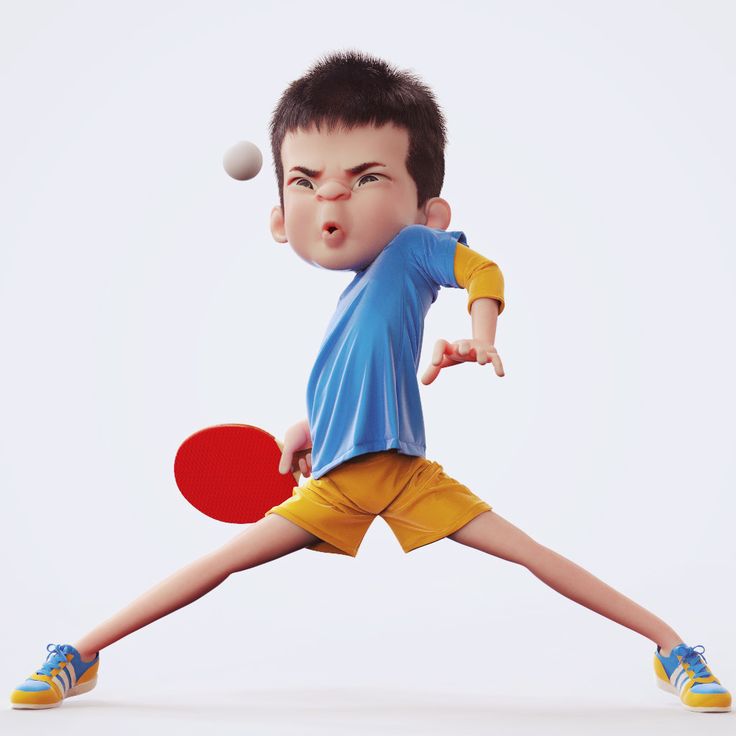
Immerse yourself in the art of 3D character creation, a complex yet captivating process requiring meticulous attention to detail. This comprehensive guide provides twelve critical tips to master the craft, from conceptualization to refinement.
Each step is vital, intertwining research, backstory, proportions, anatomy, personalization, lighting, and environment to create truly unforgettable characters.
Empower your creative journey with this innovative and insightful resource, elevating your 3D character designs to new, awe-inspiring heights.
Understanding the Basics of 3D Character Design
Commencing with the fundamentals of 3D character design, it is essential to grasp the core principles and techniques that govern this multifaceted art form.
Digital Sculpting and Character Rigging are pioneering approaches in this domain. Digital sculpting, a revolutionary technique, enables artists to mold intricate shapes with an unprecedented level of detail, emulating the tactility of a physical sculpting process. It paves the way for the creation of compelling characters that resonate with audiences.
Conversely, character rigging is a sophisticated process wherein a digital skeleton is created, facilitating dynamic movement and realistic animation.
In essence, these innovative techniques empower designers to breathe life into their characters, resulting in engaging and memorable digital experiences.
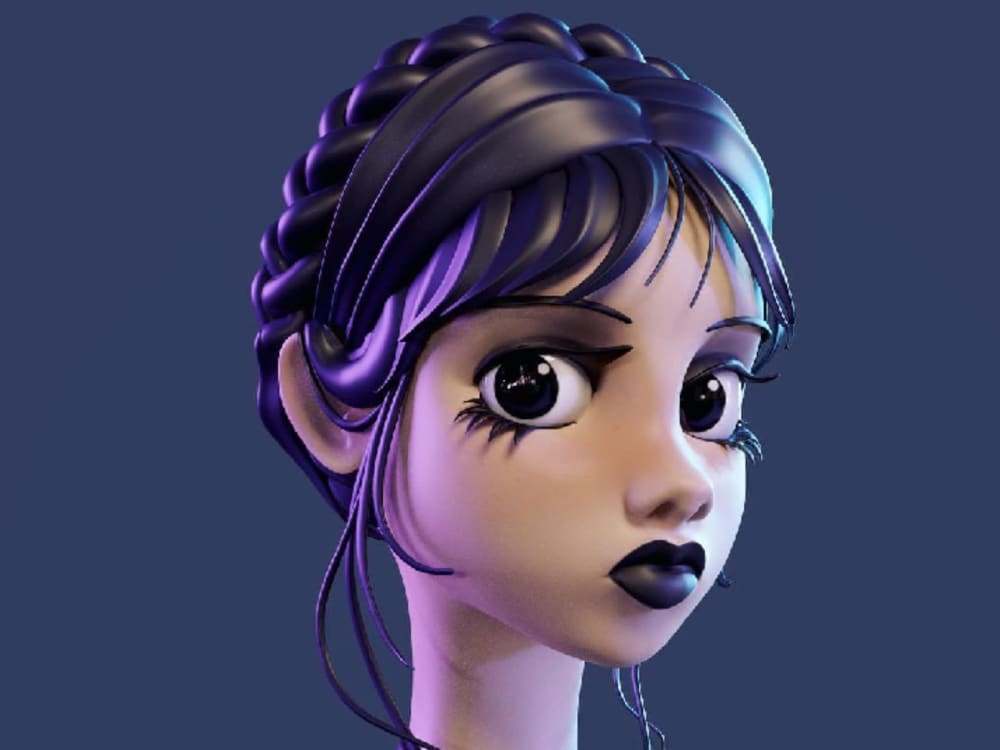
The Importance of Research in Character Creation
In the realm of 3D character design, comprehensive research holds an essential role in the creation of unforgettable personalities.
The exploration of a character's background, drawing inspiration from real life, and investigating different cultures can contribute significantly to the depth and authenticity of the design.
This approach ensures each creation is not just a hollow shell, but a vivid entity with a story that resonates with the audience.
Understanding Character's Background
A significant portion of successful character design hinges on a comprehensive understanding of the character's background, highlighting the importance of meticulous research in character creation. This process includes deciphering the character's motivation and understanding their personality traits, which are key to creating a believable character.
Character Motivation: A character's actions are guided by their desires and goals. Researching a character's background can provide clues about their motivations, making them more relatable and engaging.
Personality Traits: The character's background also influences their personality traits. Well-researched traits can add depth and realism to the character, making them memorable.
Relevance and Authenticity: A thoroughly researched background adds authenticity to the character and makes them relevant to the story, ultimately enhancing the audience's immersive experience.
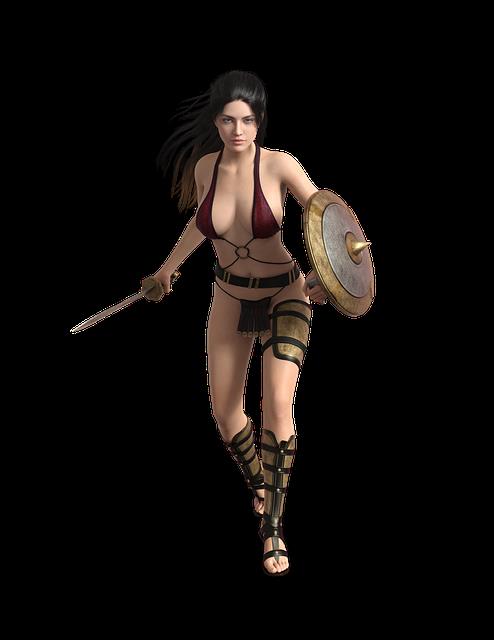
Drawing From Real Life
Both extensive observation of real-life individuals and environments, and careful study of the human anatomy are imperative elements in crafting strikingly realistic and unforgettable 3D character designs. This process, known as Life Sketching, provides a foundation for character authenticity, enabling designers to capture unique mannerisms, movements and facial expressions.
Material Study, on the other hand, enhances the tactile realism of the design, from the texture of clothing to the shine of metal. By studying various materials in different lighting conditions, the character can interact seamlessly with its environment.
This fusion of Life Sketching and Material Study not only enriches the visual appeal, but also anchors the character in a relatable reality, thereby creating a lasting impression on the audience.
Researching Different Cultures
Exploring various cultures and their unique attributes, while simultaneously incorporating these insights into 3D character creation, is invaluable to the development of diverse and authentic designs. Understanding and respecting the nuances of different cultures ensures cultural sensitivity and representation accuracy.
To create culturally diverse characters:
Immerse: Engage in comprehensive research, consume local media, and understand the cultural context.
Interact: Communicate with individuals from the culture to gain firsthand insights.
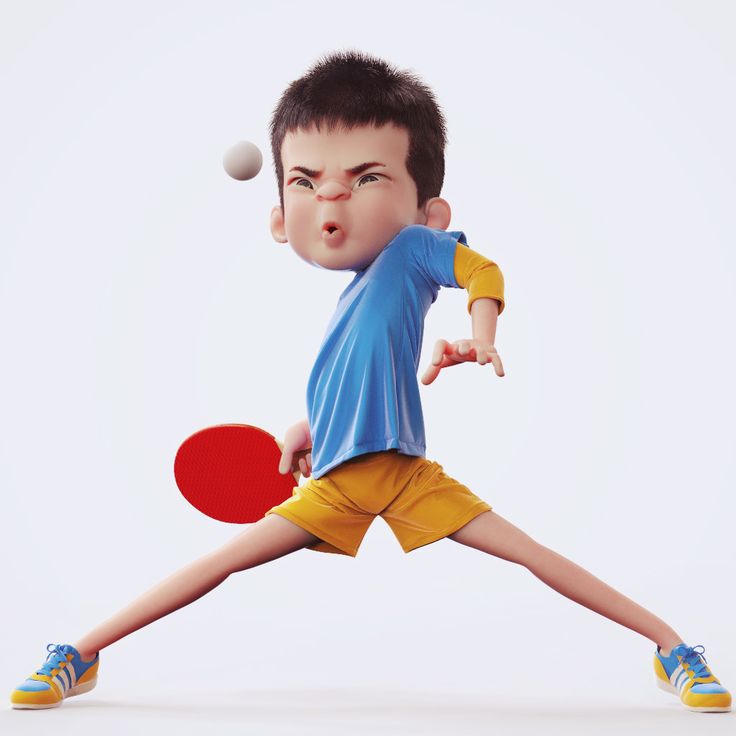
Implement: Apply your learnings to design characters that accurately embody the culture's unique attributes.
This approach not only fosters innovation in design but also aids in the creation of relatable, compelling characters, thereby enhancing the overall user experience.
Developing Your Character's Backstory
Creating a compelling character narrative requires a comprehensive understanding of the character's past experiences, influential relationships, and key life events, including their traumas and triumphs.
This not only enhances the depth and relatability of the character but also significantly influences their decision-making process and overall journey within the 3D design.
Consequently, a well-developed backstory is an integral part of crafting unforgettable 3D character designs.
Character's Past Experiences
Delving into a character's past experiences provides the bedrock for developing a compelling and authentic backstory in your 3D character design. This exploration shapes character motivations and broadens their emotional range, making them more relatable to the audience.
Here are three strategies to consider:
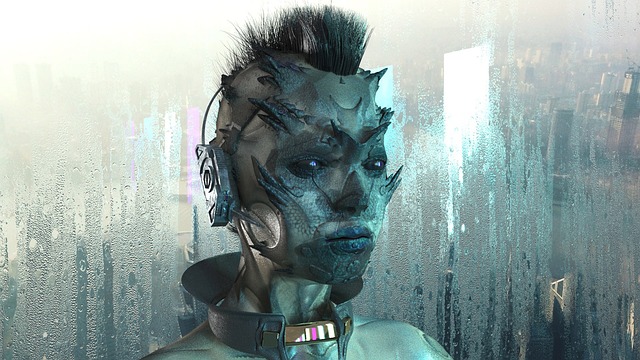
Chronology of Events: Develop a detailed timeline of significant life events. This will guide your character's reactions and decisions.
Character Conflicts: Identify internal and external conflicts that have shaped your character. This triggers emotional depth, enabling a wider range of expressions.
Influential Relationships: Determine relationships that have influenced your character's behaviors. This forms the basis of their interactions with other characters, adding complexity to their personality.
These steps encourage innovation for a memorable 3D character design.
Influential Relationships
The matrix of influential relationships forms an integral part of a character's backstory, shaping their attitudes, behaviors, and reactions in the 3D design context. These associations not only inform the character's personality traits but also the spectrum of character emotions, from joy and love to anger and fear.
A deep understanding of these relationships enables the designer to craft a compelling, authentic narrative that resonates with the audience. Consider, for instance, a character who grew up in the shadow of a successful sibling. This dynamic could foster a range of emotions, from competitiveness to resentment, influencing the character's actions and motivations.
In essence, influential relationships are pivotal to developing a character's backstory, contributing a richness and depth that makes the character truly unforgettable.
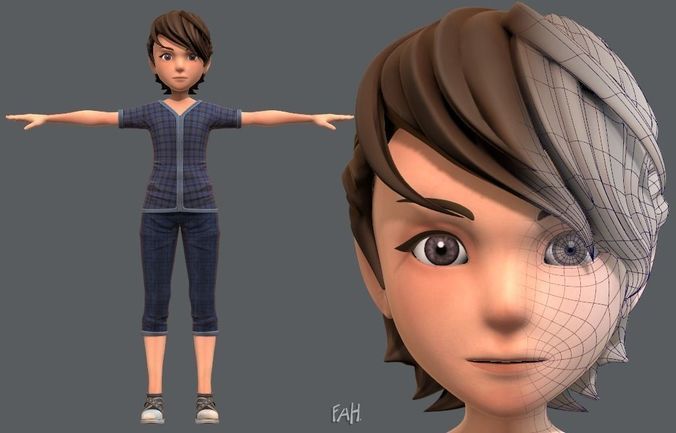
Traumas and Triumphs
Both traumas and triumphs play significant roles in shaping a character's backstory. Understanding how these experiences influence their personality, actions, and motivations is key to crafting an engaging and relatable 3D character design.
Consider these aspects:
Character Phobias: A phobia could be a result of a traumatic incident. This fear can guide a character's decisions, creating engaging, unpredictable storylines.
Triumphs and Emotional Resilience: Triumphs can be the driving force behind a character's emotional resilience. Show how your character has grown from past victories, how these experiences have built their strength and determination.
Integrating Traumas and Triumphs: Find innovative ways to weave these traumas and triumphs into the storyline, subtly showcasing these elements through your character's actions, dialogue, and reactions.
The Role of Proportions in 3D Design
Understanding the role of proportions in 3D design is something every designer must master to create believable and captivating characters.
Proportional Balance and Dynamic Symmetry are key pillars in this aspect. Proportional Balance involves designing each part of a character in relation to others, ensuring a harmonious visual appeal.
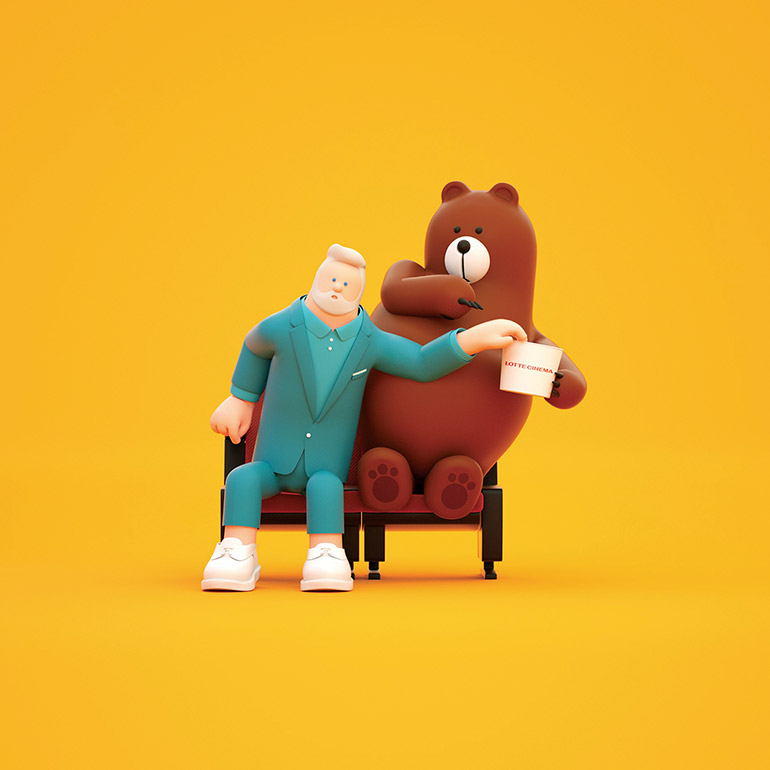
On the contrary, Dynamic Symmetry adds vitality and interest to your creations, breaking the monotony of strict symmetrical designs. It creates a sense of movement, making your characters more lifelike.
Keep in mind, utilizing these principles innovatively can lead to the design of characters that not only resonate with the audience but also stand the test of time.
Ultimately, understanding and applying proportions is integral to the success of your 3D character design.
Anatomy and Movement: The Realism Factor
Mastering the art of 3D character design requires a firm grasp of basic anatomy and the dynamics of realistic movement. It is only through this understanding that artists can breathe life into their creations, making them move and interact in a manner that mirrors our own physical world.
The proportion of characters, a factor that significantly impacts the realism of movement and anatomy, must also be given particular attention.
Understanding Basic Anatomy
A fundamental grasp of basic anatomy, particularly in relation to movement, plays a crucial role in injecting a sense of realism into your 3D character designs. Understanding muscle structure and body posture can elevate your creations from mere illustrations to lifelike entities.
To attain this sense of realism, consider the following:
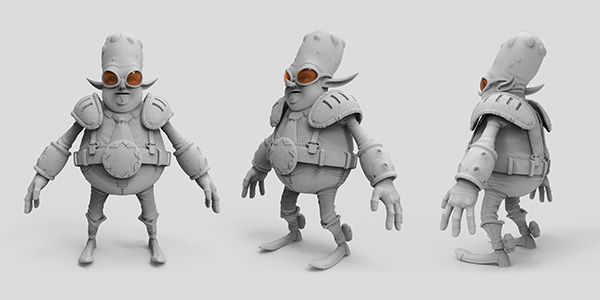
Study Real Life: Observe human and animal forms in motion. Understand how different body parts move in relation to each other.
Master the Musculature: Recognize how muscle structure contributes to body posture. Understand how muscles flex and relax during movement.
Manipulate Proportions: Experiment with different body proportions to create unique characters. Always maintain a balance between artistic freedom and anatomical accuracy.
A thorough understanding of basic anatomy is a stepping stone to creating unforgettable 3D characters.
Realistic Movement Dynamics
While the foundation of character design lies in a solid understanding of basic anatomy, it becomes crucial to delve into the nuances of realistic movement dynamics to truly bring your 3D creations to life.
To achieve this, the implementation of Motion Capture Techniques and a firm grasp on Rigging Fundamentals are vital. Motion Capture Techniques allow you to infuse your characters with lifelike movements, captured from real-world actions.
Rigging, on the other hand, is the backbone of 3D character animation, helping create a skeleton that moves and behaves in line with real-world physics.
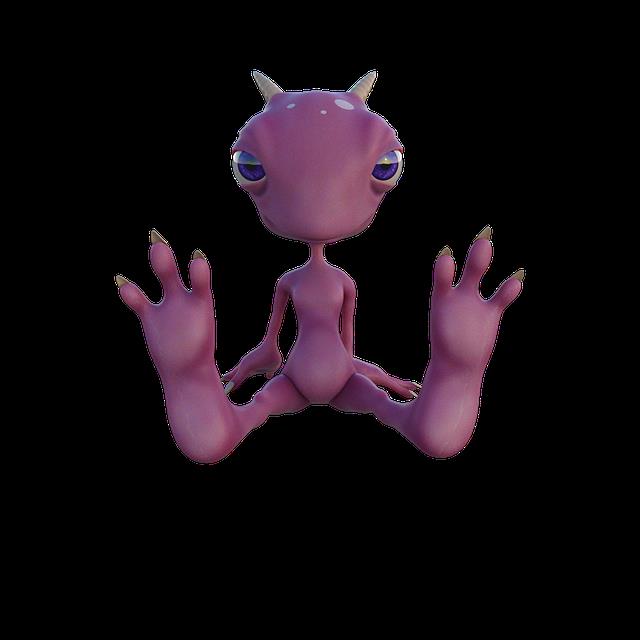
Together, these elements can create a convincing, immersive experience. Striving for realism in movement dynamics will elevate your character designs, making them not just visually appealing, but also truly unforgettable.
Importance of Proportions
The critical role of proportions in 3D character design, particularly in terms of anatomy and movement, cannot be overstated, as they are key contributors to the realism factor. Character dimensions and sculpting techniques are vital components in creating this effect.
Character Dimensions: Accurate proportions enhance the visual appeal and believability of a character. A character's height, width, and depth should align with the character's backstory or setting.
Sculpting Techniques: Effective use of sculpting techniques can highlight the anatomy of a character. Detailed musculature and facial features can bring a 3D character to life.
Movement: Realistic movement is directly tied to proportions. A character's anatomy affects how they move. Understanding the character's proportions enables designers to create lifelike movements, adding depth to the overall character design.
Creating Expressive Faces for Your Characters
One should never underestimate the importance of facial expressions in character design as they are key to conveying a character's emotions and personality. Emotional expressions bring your creations to life, making them relatable and engaging. Understanding the nuances of fear, joy, sadness or anger, and reflecting them accurately in the face of your characters is integral to their believability.
Meanwhile, facial symmetry plays a crucial role in shaping perceptions of attractiveness and dominance. However, remember that perfect symmetry often leads to monotony, while slight asymmetry adds interest and depth. Experiment with these elements, bend the rules and innovate to craft unforgettable 3D character designs.
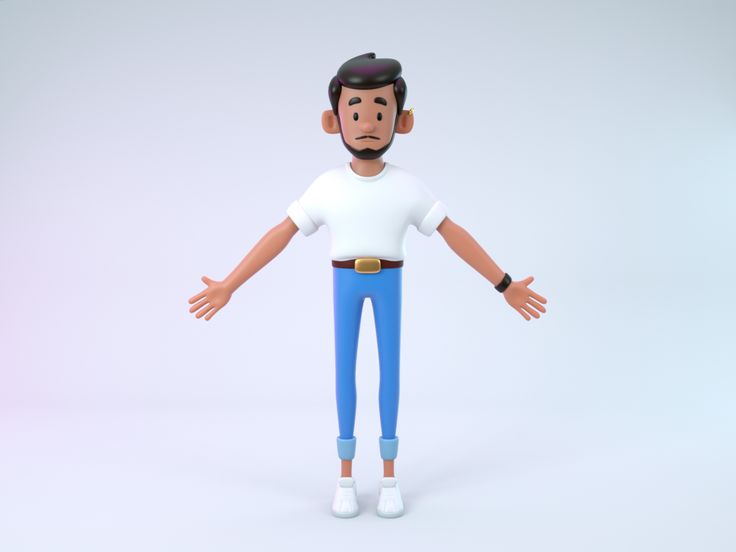
The goal is to give your characters a unique voice through their expressive faces.
The Power of Texture and Color in Design
Frequently overlooked, the strategic use of texture and color in 3D character design can dramatically enhance visual appeal and narrative depth.
Color Symbolism: Colors can evoke emotions and tell a story. For example, red can symbolize danger or passion, while blue can denote tranquility or sadness. Understanding color symbolism can help designers infuse their characters with deeper meanings.
Texture Application: Texture adds a tactile dimension to characters, making them more visually interesting and realistic. From the roughness of a dragon's scales to the softness of a rabbit's fur, texture application can significantly improve a character's believability.
Harmony of Texture and Color: A perfect blend of texture and color can create a visually coherent design. This harmony can lead to characters that are captivating, unforgettable, and highly engaging.
Dressing Your Character: Clothing and Accessories
In designing 3D characters, paying meticulous attention to clothing and accessories can significantly enhance their overall appeal and authenticity.
Fabric selection is crucial, with each material offering unique textures and visual impacts. The richness of velvet or the ruggedness of denim can convey specific character traits - wealth, rebellion, or rustic simplicity.
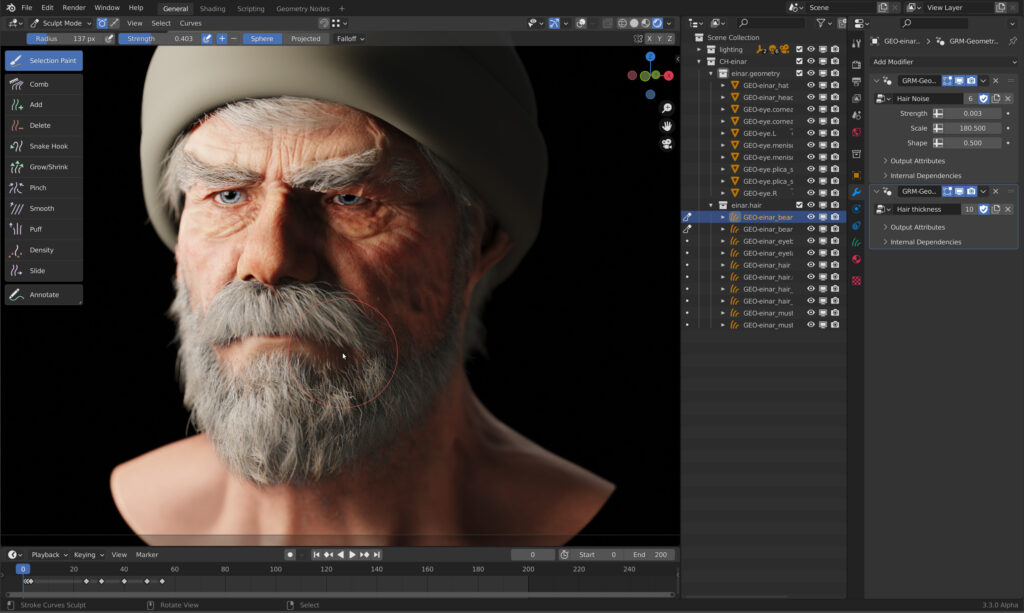
Beyond fabric, garment symbolism plays a pivotal role. Clothing can reflect a character's profession, cultural background, or emotional state. For instance, a detective's trench coat, the color-infused saree of an Indian woman, or the torn shirt of a distraught hero.
Accessories, too, from glasses to jewelry, can add layers of depth. They can speak volumes about a character's personality, preferences, or status, making your 3D designs truly unforgettable.
The Key Elements of Character Personalization
Seven fundamental elements of character personalization exist, and each one is as crucial as the next to ensure that your 3D character designs are not only unique but also relatable and memorable.
Body Language Significance: The way a character moves and interacts with their environment can tell a lot about their personality and background. Use body language to give subtle hints about their character traits.
Personality Depiction: Express the character's personality through their actions, decisions, and dialogue. A well-portrayed personality can make a character feel real and relatable.
Visual Appearance: This includes not only clothing and accessories but also body shape, facial features, and expressions. A character's appearance can reflect their personality and history, adding depth to their personal narrative.
These key elements, when cleverly used, can effectively personalize your 3D characters.
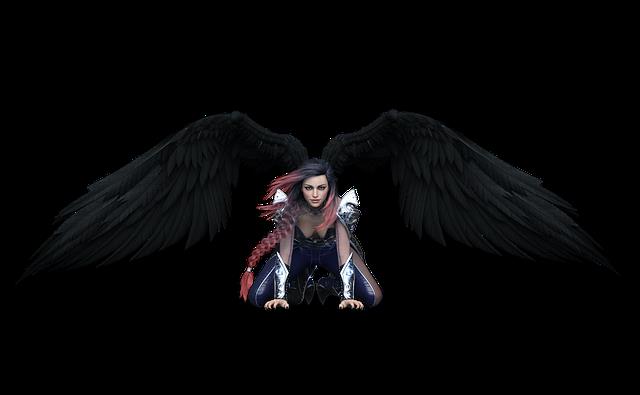
The Use of Lighting in 3D Character Design
Through the manipulation of lighting effects, you can significantly enhance the visual appeal of your 3D character designs, and, in turn, create a more immersive and engaging user experience.
The innovative use of light perspectives can drastically alter the mood, setting, and overall perception of your characters. Shadow manipulation is a particularly powerful tool in this regard, as it can add depth and realism to your designs.
By carefully controlling the intensity, direction, and color of light, you can highlight specific features, conceal others, and create striking contrasts. This not only makes your character designs more visually captivating but also helps in storytelling by emphasizing emotions and actions.
The Impact of Environment on Your Character Design
Beyond the character's physical attributes, the environment plays a pivotal role in shaping their overall design, and hence, it should be carefully considered during the creation process. Environmental adaptation and the character's habitat can significantly impact the character's appearance, behavior, and overall believability.
Environmental Adaptation: Characters should exhibit physical traits that allow them to survive and thrive in their environment. This could range from clothing suitable for the weather to body adaptations for specific habitats.
Character's Habitat: The character's home or usual hangout spot can provide clues to their lifestyle, culture, and personal taste, lending depth to their personality.
Interactions with the Environment: The character's actions and reactions towards their environment can reveal a lot about their personality, their skills, and their past experiences.
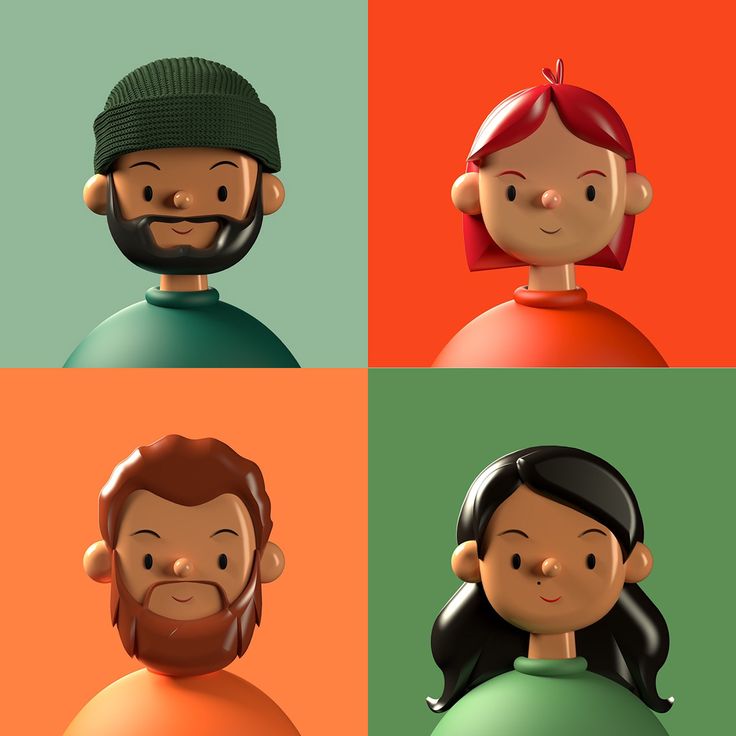
Review and Refinement: Perfecting Your 3D Character Design
After the initial design phase, critical analysis and diligent refinement become the keystones for perfecting your 3D character design, and identifying any potential areas that may need improvement.
To breathe life into your characters, keen attention must be paid to character shading, a technique that adds depth and highlights the form of your characters. This subtle art can make or break the realism and aesthetic of your design.
Furthermore, pose variations play an instrumental role in conveying the personality and demeanor of your character. Experimenting with a variety of poses can reveal exciting nuances about your character, while also testing the flexibility of your design.
These elements, coupled with a relentless pursuit of refinement, will guide you towards creating an unforgettable 3D character design.
Frequently Asked Questions
What Are Some Common Mistakes Beginners Make in 3D Character Design and How Can They Be Avoided?
Beginners often make mistakes in 3D character design such as over-complication and inconsistency. Through mistake identification and design simplification, these errors can be avoided, leading to more cohesive and memorable character designs.
How Can I Incorporate Storytelling Into My 3D Character Design?
Incorporating storytelling into 3D character design involves embodying character motivation and emotional expression. Use visual cues to depict backstory, personality, and emotion, thereby creating a character that tells its own compelling narrative.
Exploring industry standard softwares is vital for 3D character design. Tools such as ZBrush, Maya, and Blender are highly recommended. It's essential to assess free vs. paid tools based on your project's complexity and budget.
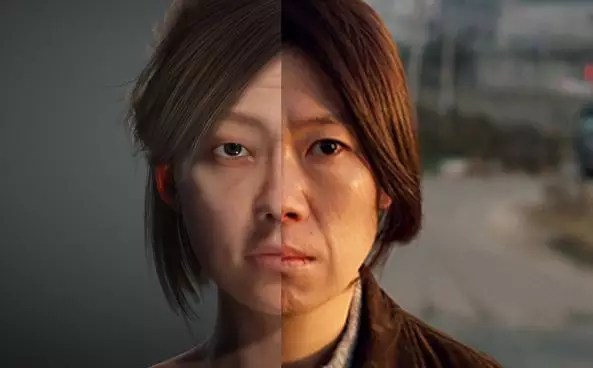
How Can I Ensure That My 3D Character Design Is Unique and Stands Out From Others?
To ensure your 3D character design is distinctive, explore varied Design Inspiration Sources, understanding the nuances of different cultures, epochs, and aesthetics. Utilizing Color Theory can also add depth, enhancing uniqueness and making your design stand out.
For advanced techniques in 3D character design, consider exploring platforms like 'ArtStation' and 'CGSociety'. Also, resources like 'Exploring VR in Character Design' and 'Advancements in 3D Printing for Character Design' offer innovative insights.
 Digital Art InstructionDIY Infographics DesignMobile Game ArtworkPersonalized Logo Design3D AnimationeBook Covers DesignPrivacy PolicyTerms And Conditions
Digital Art InstructionDIY Infographics DesignMobile Game ArtworkPersonalized Logo Design3D AnimationeBook Covers DesignPrivacy PolicyTerms And Conditions
